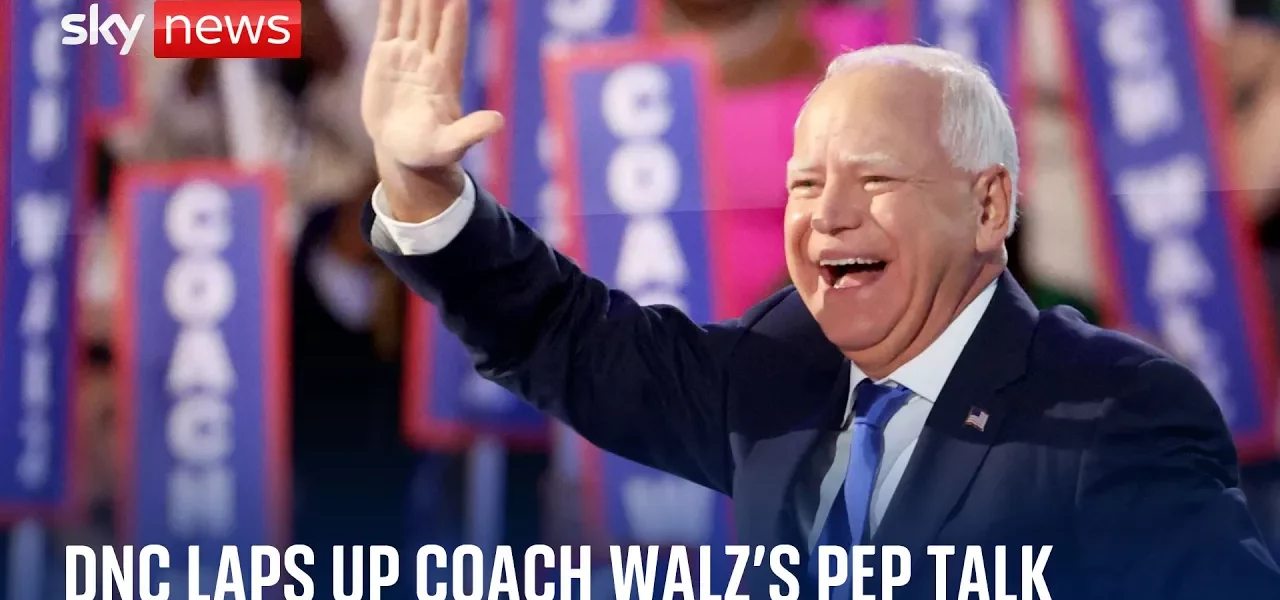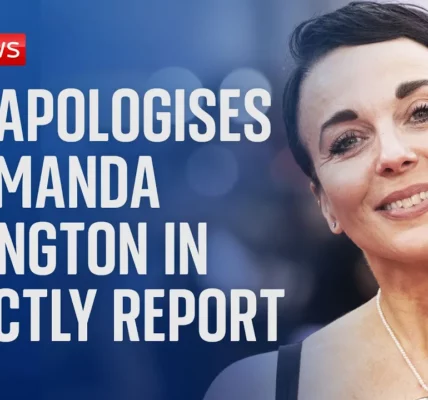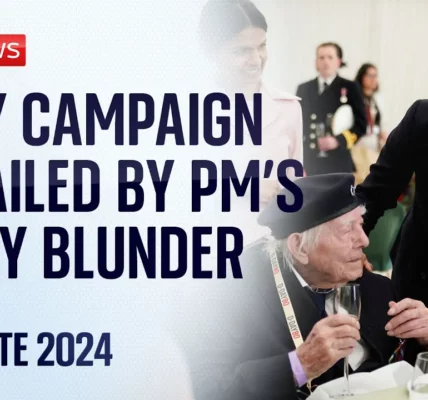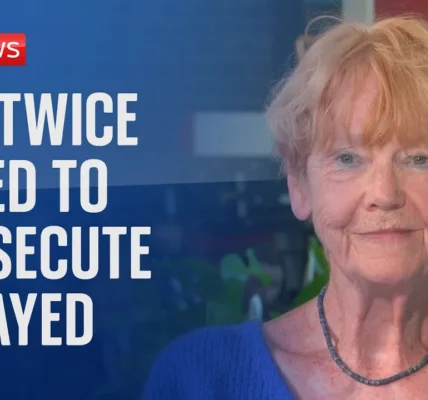Choosing Joy Over Anger: Insights from Kamala Harris and Bill Clinton

This article delves into the powerful messages of joy and hope articulated by Kamala Harris and Bill Clinton during the recent election cycle, framing the political landscape as a choice between decency and division.
Introduction
The recent election campaign has brought forth a pivotal choice for voters, framed not only by policies but by the underlying emotions that these policies evoke. Joy, as emphasized by Kamala Harris and supported by figures like Bill Clinton, emerges as a key theme against a backdrop often dominated by anger and division. This article explores how joy and hope are positioned as antidotes to the prevailing negative sentiments associated with political discourse, particularly in relation to Donald Trump and his agenda.
The Emphasis on Joy in Political Messaging
Throughout the campaign, joy has been portrayed as a crucial element in rallying voters and building a sense of community. Political figures have utilized this theme to counteract the divisive narratives often perpetuated in campaigns.
Joy as a Campaign Strategy
Kamala Harris, in her speeches, has consistently highlighted joy as a central theme. This approach serves not only to uplift but also to unite voters around a common cause. Key strategies include:
- Framing political choices as hopeful rather than fearful.
- Utilizing personal stories that resonate with everyday experiences.
- Creating a sense of urgency around positive change and progress.
Bill Clinton’s Role in Reinforcing Joy
Bill Clinton, America’s 42nd president, remains a significant figure in the Democratic Party. His presence in the campaign reaffirms the message of joy and hope. Despite facing criticism for past controversies, Clinton’s experience and charisma help to connect with voters seeking stability and optimism.
Contrasting Joy with Division
The political landscape is often marred by divisive rhetoric. Leaders like Kamala Harris and Bill Clinton have sought to contrast their messages of joy with the divisive tactics employed by opponents.
Trump’s Polarizing Influence
Donald Trump’s leadership style has frequently been characterized by his ability to polarize audiences. His administration often employed tactics that sought to divide rather than unite. Key observations include:
- Use of social media to spread misinformation and incite anger.
- Rhetoric that often disregards decency and respect.
- Promotion of policies that exacerbate social divides.
By positioning joy as a counter-narrative, Harris and Clinton aim to appeal to a broader base of voters who seek positive change.
Kamala Harris: A New Voice for Joy and Decency
Kamala Harris embodies a new generation of political leadership focused on joy and decency. Her candidacy represents a shift towards a more inclusive and hopeful political discourse.
Connecting with Diverse Voters
Harris has made it a priority to connect with various demographics across the political spectrum. Her approach includes:
- Engaging with grassroots movements and local communities.
- Highlighting stories of everyday Americans to emphasize shared values.
- Promoting policies that uplift marginalized voices.
Building a Coalition of Hope
Harris’s campaign is not just about her vision but about building a coalition of hope. This coalition aims to transcend traditional political divides and focus on common goals.
Conclusion
In conclusion, the recent election cycle has underscored the importance of joy and hope in political messaging, with Kamala Harris and Bill Clinton leading the charge. As voters face a choice between a future filled with hope and one overshadowed by division, the emphasis on joy presents a compelling alternative. It is a call to action for all citizens to engage in the political process with optimism and a desire for decency. To learn more about the implications of these themes in the upcoming elections, read our related articles on political engagement and voter mobilization.
“`




